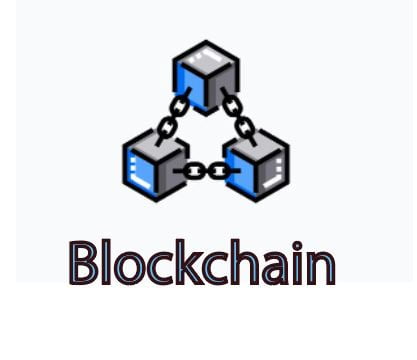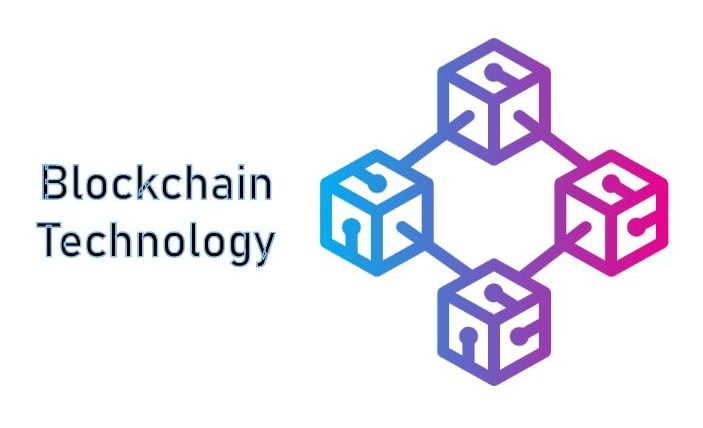Ethereum is a decentralized, open-source blockchain platform that enables the creation of smart contracts and decentralized applications (DApps). It was launched in 2015 by Vitalik Buterin, a Russian-Canadian programmer and co-founder of Bitcoin Magazine.
How Does Ethereum Work?

Ethereum operates on a network of nodes that run on the Ethereum Virtual Machine (EVM). The EVM is a virtual machine that executes smart contracts and allows developers to build and deploy decentralized applications on the Ethereum network.
The Ethereum network is maintained by a decentralized network of computers called « nodes. » These nodes work together to validate transactions and add them to the Ethereum blockchain. When a transaction is made on the Ethereum network, it is broadcast to all of the nodes on the network. The nodes then verify the transaction and, if it is valid, add it to the blockchain.
Smart contract
A smart contract is a self-executing contract with the terms of the agreement between buyer and seller being directly written into lines of code. The code and the agreements contained therein are transparent and immutable. Smart contracts allow for the automation of various processes, including the exchange of money, property, or other assets.
Smart contracts were first proposed by computer scientist Nick Szabo in 1994 as a way to facilitate, verify, and enforce the negotiation or performance of a contract. With the development of blockchain technology, smart contracts have become a reality and are being used in a variety of applications.
One of the main advantages of smart contracts is that they can help to eliminate the need for intermediaries, such as lawyers or banks, in the execution of contracts. This can lead to faster, cheaper, and more secure transactions.
Smart contracts are often associated with blockchain technology and are particularly prevalent on the Ethereum platform. However, they can also be implemented on other blockchain platforms and in non-blockchain systems.
The cryptocurrency ETH
Ethereum has its own cryptocurrency, called Ether (ETH). Ether is used to pay for transactions on the Ethereum network and to compensate participating nodes for their computational efforts.
Ether was launched in 2015 along with the Ethereum platform. It is similar to Bitcoin, which is the first and most widely used cryptocurrency, in that it uses a decentralized, peer-to-peer network to facilitate transactions. However, Ethereum and Ether have additional capabilities beyond those of Bitcoin, due to the programmable nature of the Ethereum platform.
In addition to being used for transactions on the Ethereum network, Ether is also widely traded on cryptocurrency exchanges. It is one of the top 10 cryptocurrencies by market capitalization and has a high liquidity, making it an attractive investment for many people.
Proof of work
Ethereum originally used a Proof-of-Work (PoW) consensus mechanism to achieve distributed consensus and secure the network. In a PoW system, the creator of a new block is chosen based on their ability to solve a computationally difficult problem, also known as « mining. » Miners compete to solve the problem and, if they are successful, they are rewarded with a block reward.
However, Ethereum is currently in the process of transitioning from a PoW consensus mechanism to a Proof-of-Stake (PoS) consensus mechanism. PoS is a different way of achieving distributed consensus on a blockchain network. In a PoS system, the creator of a new block is chosen in a deterministic way, depending on their stake in the network. « Stake » refers to the amount of cryptocurrency that a user holds on the network.
The transition to PoS, which is being implemented through a process called Ethereum 2.0, is intended to address some of the scalability and sustainability issues that have been identified with the PoW consensus mechanism. It is expected to be completed in the coming years.
What are the Ethereum disadvantage
Scalability: Ethereum has faced scalability issues, as the network can only process a limited number of transactions per second. This can lead to slower transaction speeds and higher fees during times of high network usage.
Complexity: Ethereum is a complex platform that requires a certain level of technical knowledge to use. This can make it difficult for non-technical users to understand and use the platform.
Regulation: Cryptocurrencies, including Ether, are not regulated in the same way as traditional financial instruments. This can make them less predictable and increase the risk of investment.
Security: As with any decentralized platform, Ethereum is vulnerable to hacking and other types of cyber attacks. While the Ethereum network has not been hacked to date, there have been instances of smart contracts being exploited and funds being stolen.









nmtui : Configurer une adresse IP sous Linux
Empêcher les utilisateurs sudoers d’exécuter des cmds sudo
Comment installer Nginx on Rocky Linux 9
Configuration d’un dépôt local sous RHEL 9
Fail2Ban : How to protect Linux services